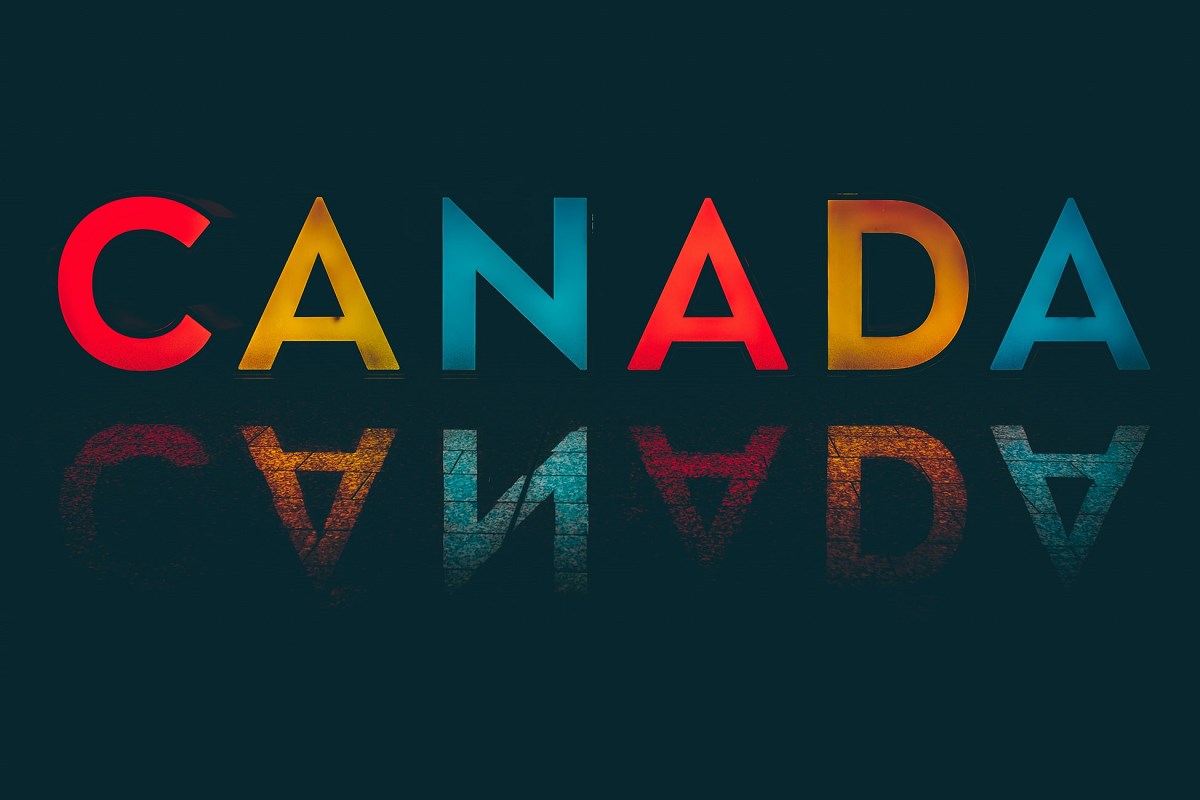
Canadian markets have had a significant rebound since the coronavirus pandemic struck in March 2020, yet veteran stock picker Maxime Lemieux argues there is still room to run as the economic cycle remains strong. At the same time, the manager of the $5.7 billion 5-star silver-rated Fidelity True North Sr F maintains that a focus on quality companies is the key to future returns.
“We came out of a universal phenomenon where the pandemic was a once-in-a-lifetime event, which brought an end to the business cycle in a very deep way,” says Lemieux, Montreal-based portfolio manager with Fidelity Investments ULC who joined the firm in 1996 as a research associate and in 2009 assumed Fidelity True North. “Then we saw the most dramatic V-shaped recovery that I have ever seen in my career. I’d like to say that in the short-term valuations don’t always matter. As Warren Buffett has said, ‘in the short term the market is a voting machine.’ But in the long run, valuations do matter---because valuations become more normalized.”
Lemieux’s own fund has rewarded investors as it has returned 18.9% for the year-to-date (Aug. 9) versus 18.44% for the Canadian Equity category. Over three and five years, the fund returned an annualized 13.06% and 10.07%, compared to the category which averaged 8.49% and 8.01% respectively.
Canada Isn’t Too Expensive
Asked whether the Canadian market has become expensive, Lemieux notes that the TSX Composite Index differs greatly from the S&P 500 because of greater exposure to financials and resource stocks. “A market multiple of 16.4 times earnings is not outrageous,” says Lemieux, referring to the overall market multiple. “Canada has been strong on the backs of Canadian banks doing very well. Not necessarily on loan growth but diminishing credit losses. And the banks are not necessarily over-priced, assuming there is a recovery [that may continue] over the next two or three years.”
Lemieux shuns predictions of the market being vulnerable to a correction. “I always have to be very careful and invest in absolute terms and worry what can go wrong. We are beginning a new cycle. But you have to remember that in 2010 the economy came out of a recession and it was not smooth. I remember that 2011 had three different markets that year. And it was not until September 2012 that the market resumed a more normalized path. It took almost two years of back-and-forth when we had a more ‘normal’ market based on previous cycles.”
He adds that there are concerns that a lot of inexperienced retail investors have entered the market because of very low or even non-existent commissions and have bought into speculative areas such as so-called meme stocks. “There’s a whole new world out there. A lot of time the valuations don’t make sense. If there is volatility in the market or concerns about higher interest rates or higher inflation, there could be a mini-correction,” says Lemieux. “But that would be a healthy move. If the market goes up all the time, it creates a sense of complacency. Investors should not see the market as a casino—where you can always win.”
Look for Strong Fundamentals
From an investment style perspective, Lemieux is reluctant to be categorized as a growth-at-a-reasonable-price (GARP) investor, even though that was the label attributed to him when he assumed the portfolio. “I try to buy quality companies, although you can’t have a portfolio that 100% purely comprised of quality names. But, to me, it usually involves companies that can grow their revenue and have a leadership position in the market or are introducing a new product and winning market share. They have to have very good fundamentals,” says Lemieux, who owns about 100 names in the portfolio although many are very small. The top 10 holdings are disproportionately larger and account for about 38% of the portfolio. “Usually, they should be growing the top line and hopefully increasing margins so therefore they have a nicer growth of the earnings-per-share line. By default, it ends up being a bit of a GARP type of fund.”
Lemieux adds that last year, when the market went through intense turmoil, he took a tactical approach and bought a number of cyclical names even though it was unclear when the cycle would turn up. “They had good balance sheets and they were cheap. I could be patient and wait for a turnaround. But these names would never be the bulk of the portfolio,” says Lemieux, noting that the positions accounted for well below 20% less of the fund.
Gravitating to individual names, Lemieux notes the sector weightings are a by-product of the stock selection process. Currently, financials comprise the largest sector at 30.4%, followed by 14% industrials, 13.1% information technology and 8.8% materials. On a geographic basis, 91% of the fund is in Canada, with about 6% in foreign equities.
In focusing on companies that have demonstrated their ability to generate revenue growth and margin improvements, Lemieux argues that it’s important to understand the competitive landscape. “Then we have to ask, do we have a good management team that has the right strategy to expand their market? Do they have a good balance sheet? And do they have a good track record? Are they making smart acquisitions as opposed to destructive ones?” he asks. In addition, companies must be able to return the cost of capital and generate solid free cash flow yield and have attractive valuations. Finally, what is the potential upside and downside and how will the firms overcome such challenges? “This gives us a road map to assess the potential risks or potential appreciation.”
Stocks to Watch
One top holding is Thomson Reuters Corp. (TRI), a Canada-based multi-national media company that offers a range of financial and legal services. In 2018, the firm shed its finance division in the form of Refinitiv Group and sold it to the London-based London Stock Exchange Group PLC (LSEG). “Reuters became more focused on the risk and accounting and legal market,” says Lemieux. “Management is committed to improving margins over a four-year time frame.”
From a valuation perspective, Lemieux admits the stock is not cheap as Thomson Reuters is trading at about 39.5 times forward earnings. But, he argues, this does not take into account the pre-tax value of their stake in LSE Group, which is worth close to C$20 per TRI share. Once this asset is factored in, he concludes, the true valuation would be cheaper. The stock is trading at about $139, versus $101 in August 2020.
Another favorite name is CGI Inc., (GIB.A), a global information technology consulting firm based in Montreal. “It’s a traditional technology name that was not growing the way it used to. A lot of these companies had to become more pro-active in digitizing their operations and more agile given this new world,” says Lemieux, adding that the stock was stuck in a range, between $75 and $85. “But they are a resilient company and managed the crisis very well. And they had a pristine balance sheet.” The stock hit a low of $70 in March 2020.
Meanwhile, Lemieux noticed that CGI’s bookings were on the growth path again. “That was a leading indicator: companies and government would start to spend again. They can’t defer spending forever.” Today, shares are trading at $113, and trade at about 22.6 times earnings.
Passionate About Investing in New Ideas?
Explore the Latest Global Thematic Fund Landscape Report Here























